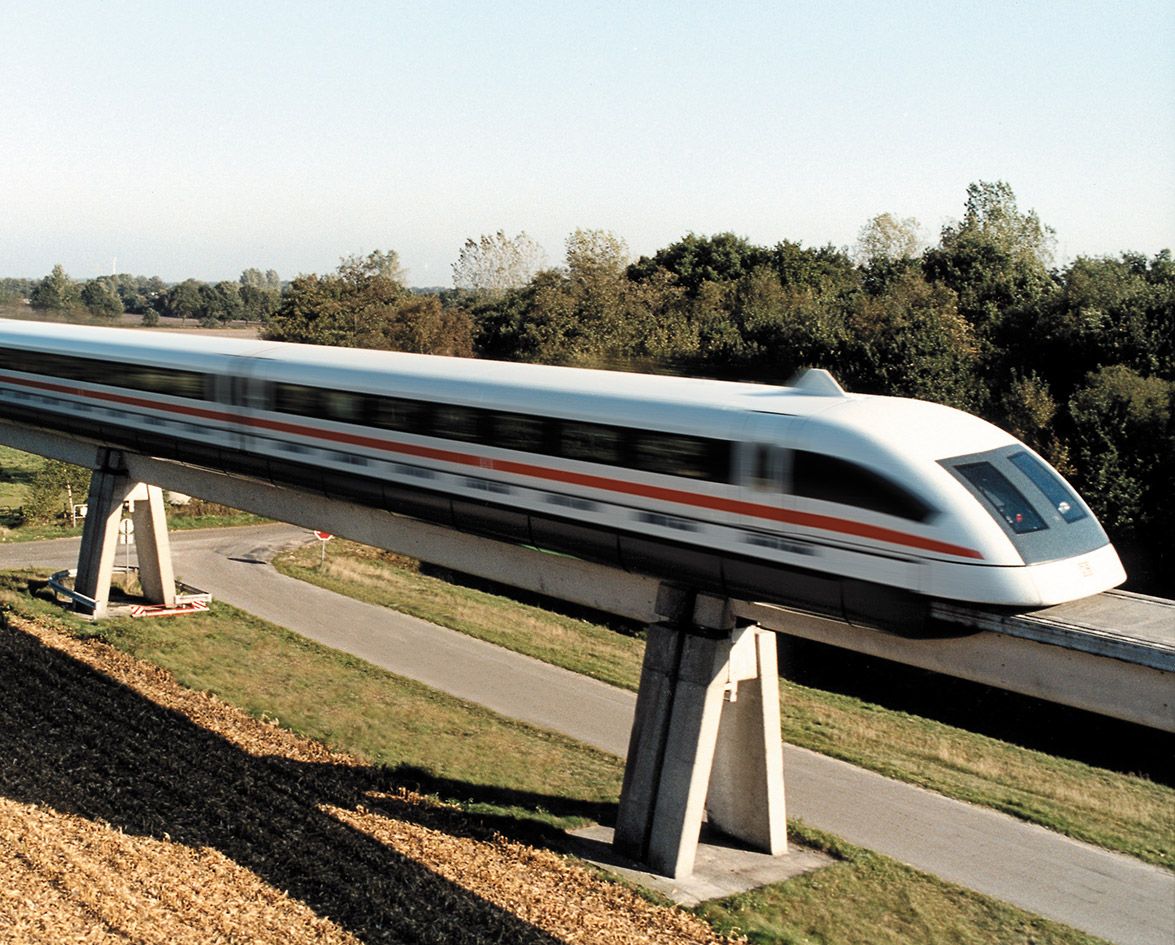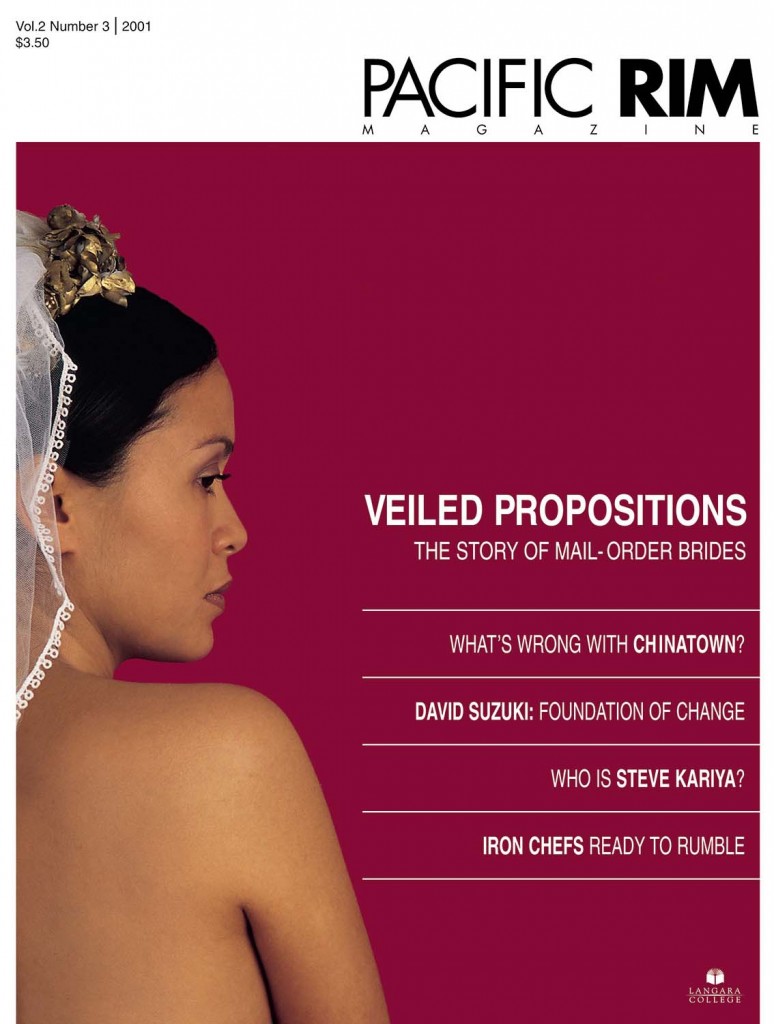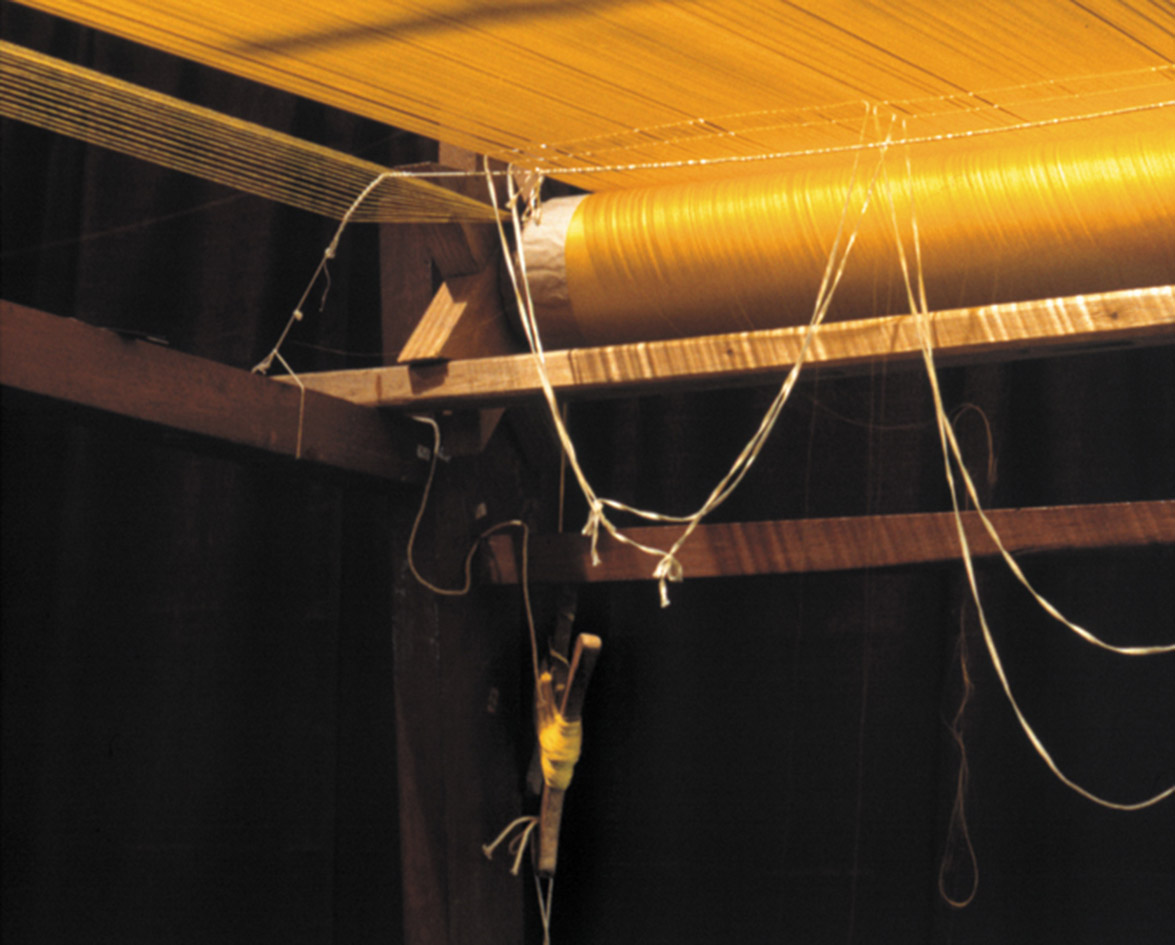The year is 2021. The Northwest Attractor, a sleek aerodynamic train resembling an airplane stripped of its tail and wings, floats on a magnetic guideway at Vancouver’s Waterfront Station. It is only 10 a.m., but the train is already on its third Vancouver-Portland run of the day. Rocketing silently through the canyons of the urban landscape, the train reaches its top speed of 600 km/h. The rise is as smooth as glass. Travellers will barely have enough time to check their wireless e-mail before arriving at Seattle’s Pike Place Station at 10:30 a.m. Portlands’ Union Station is only 30 minutes and a coffee away.
The Need For More Innovative Transportation Increasing
For more than 3,000 years human locomotion and the dispersal of goods and ideas were limited to a speed of little more than 6 km/h. In the last 200 years, we have seen an enormous increase in that speed and a revolution in transportation technology. In the last 100 years, due mostly to the introduction of the automobile, the urban form has exploded across the earth’s surface. This change has brought about the wholesale destruction of the world’s arable land and the continuing degradation of the biosphere. Global warming, ozone depletion and species loss are the hallmarks of this single modern development. As these environmental pressures mount, nations around the world search for an environmentally sound solution for moving people and goods.
As suburban sprawl continues, our reliance on automobiles will become increasingly problematic. Transportation systems need to become faster, more sophisticated, more comprehensive, and more sustainable. Akio Seki, General Manager of the Yamanaski Maglev Test Centre, says the maglev is that “revolutionary transport system.”
Benefits Of Maglev Extremely Impressive
For over 20 years Japan has been leading the way in the research of transportation technology. Maglev is short for magnetic levitation. On April 12, 1999, a Japanese maglev train clocked a new world sped record of 552 km/h, an astonishing feat for a ground-based vehicle. It behaves like an airplane, but as a train it can enter directly into the urban core.
Its state of the art, zero emissions design is wheel-less and quiet. At speeds up to 200 km/h. the maglev generates less rumble than a car. At speeds past 300 km/h, the maglev makes only as much noise as a light rail train while generating very little turbulence. It is propelled through electro-magnetic energy, and lifting forces is produced by an array of electro-magnets. The changing polarity of magnets along the track generates a series of repulsions and attractions that both push and pull the train along. The magnetic field generated by the train is minimal and comparable to that of the earth.
It sounds great, but can we afford it? Fred Gurney of Maglev Inc. says, “Our studies show that maglev travel will cost $20 to $40 million per mile. What most people don’t know is that a four-lane highway costs about $30 million per mile.”
The problems related to automobile use reach beyond the car itself. Pollutants from road surface poison ground water while the ever-growing demand for oil opens once pristine and protected lands to exploitation. Though the love affair between society and the automobile continues, the destruction caused by the private car augurs the doom of this marriage. Jack’s Story











